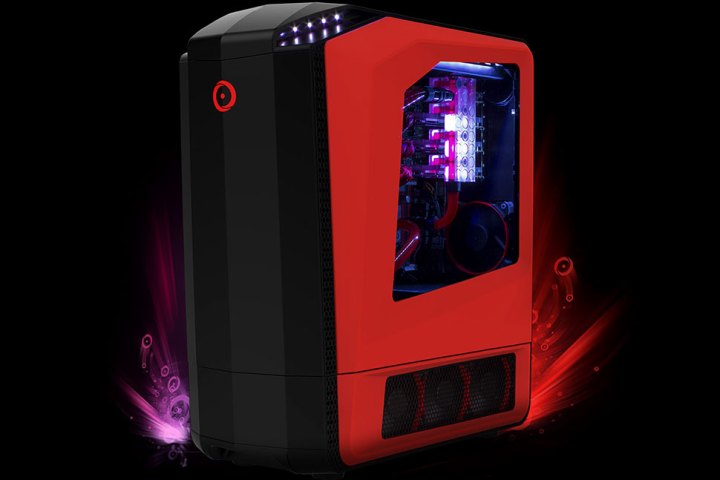
Overall PC sales in the fourth quarter of 2015 were 71.9 million according to the recent IDC report. That represents a drop of as much as 10.6 percent year-on-year, as per PCWorld. This doesn’t account for two-in-one tablets however, which have become a massive market in their own right, and could easily be regarded as part of the notebook family.
While overall PC sales might be down though, high-end desktops and laptops for gaming are doing better than ever.
Indeed it’s a growing market, despite the overall slump. Part of that is thought to be because they are a segment of computing that lower end tablets and smartphones just cannot replace. This sector also sees much more frequent component upgrades, and in the wake of Windows 10’s launch, many people who might have been waiting for its release upgraded or purchased systems.
Related: Alienware and Dell debut Oculus Ready desktop and headset bundles
Overall, PC gaming sales are thought to be growing by around 26 percent every year. That’s huge, even if PC Gaming remains only a small segment of the overall PC market.
It’s expected that over the next six months, as VR headsets become highly sought-after technology, they will drive even more PC sales as both the HTC Vive and Oculus Rift CV1 require high-end hardware to run at a decent quality/frame rate. That should happen whether people upgrade their PCs themselves, or buy some of the “Oculus Ready” systems.
But gaming PCs aren’t alone in having a relatively rosy forecast. Despite problems in sales over recent months, the IDC predicts that desktops and laptops of all kinds will receive a big boost over the next year. Corporations around the world are expected to upgrade their millions of antiquated systems to utilize the new Windows 10 operating system (many before the July cutoff for the free upgrade), and that should account for a huge number of PC sales.
Editors' Recommendations
- Hyte made me fall in love with my gaming PC all over again
- Razer made the best gaming mouse even better
- Ghost of Tsushima is already shaping up to be a monster PC port
- These 5 PC upgrades are the biggest money wasters
- As a lifelong PC gamer, these are the apps I couldn’t live without




